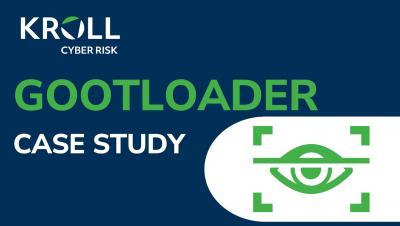Proof of Concept Developed for Ghostscript CVE-2023-36664 Code Execution Vulnerability
Ghostscript, an open-source interpreter for the PostScript language and PDF files, recently disclosed a vulnerability prior to the 10.01.2 version. This vulnerability CVE-2023-36664 was assigned a CVSS score of 9.8 that could allow for code execution caused by Ghostscript mishandling permission validation for pipe devices (with the %pipe% or the | pipe character prefix). Debian released a security advisory mentioning possible execution of arbitrary commands.






